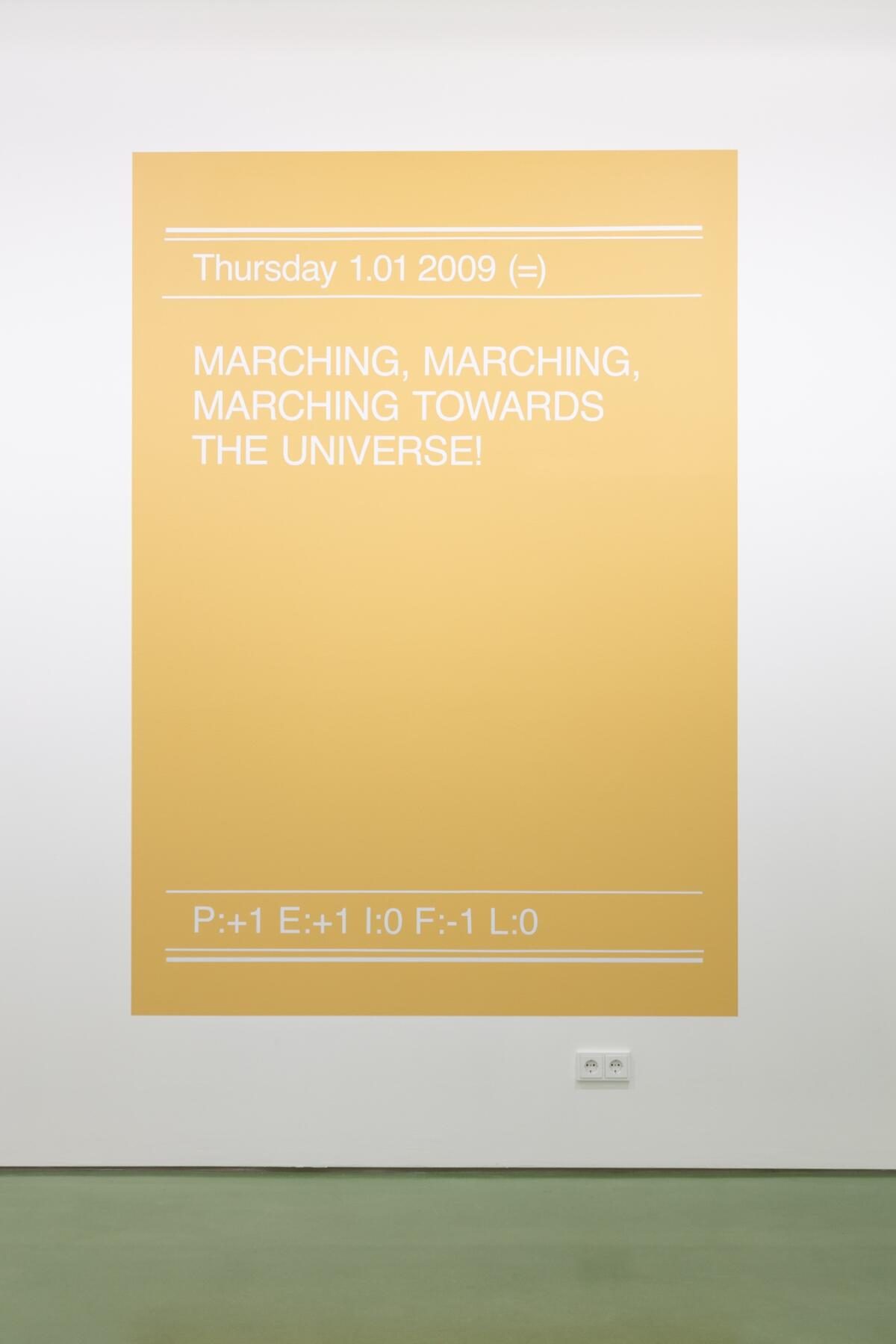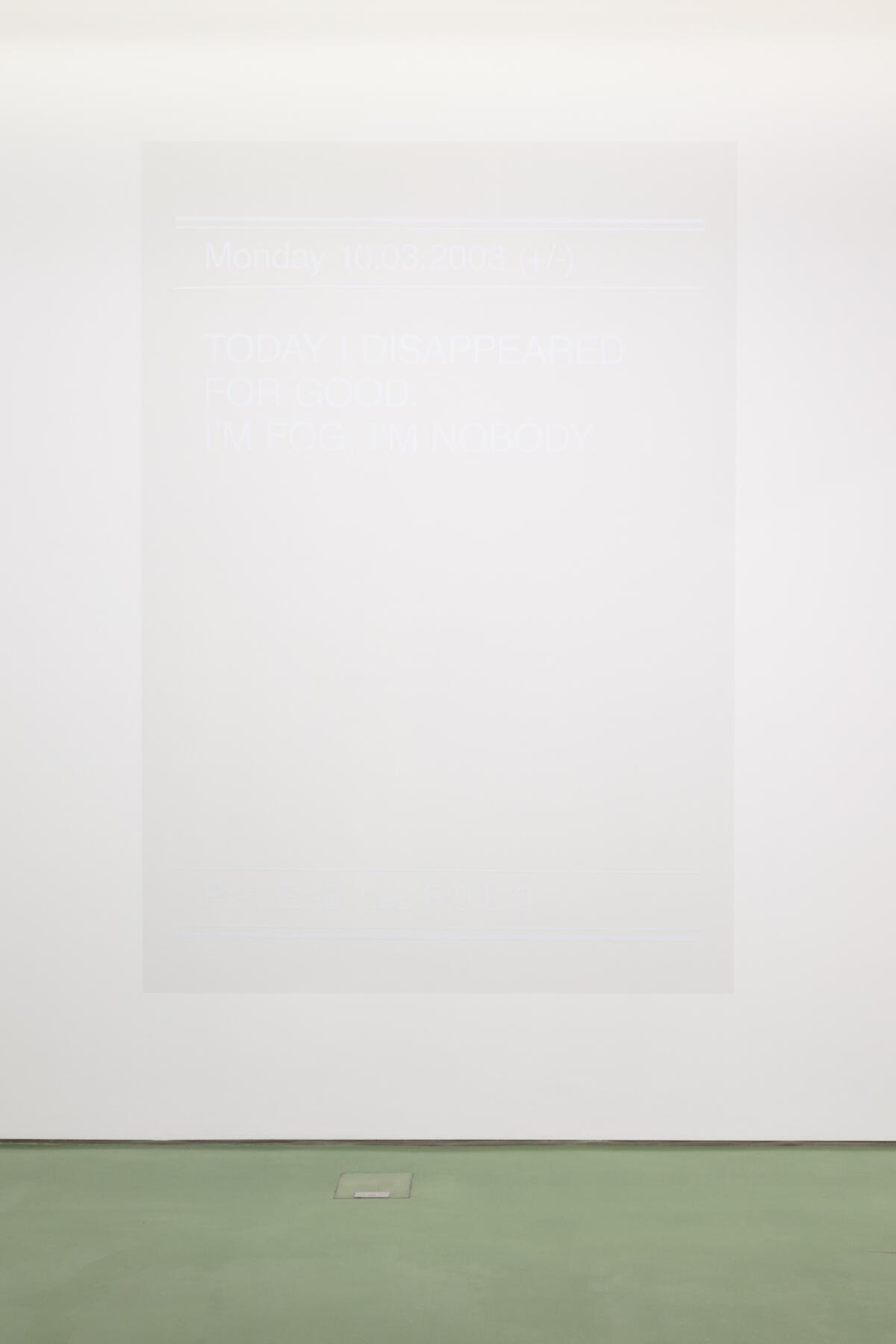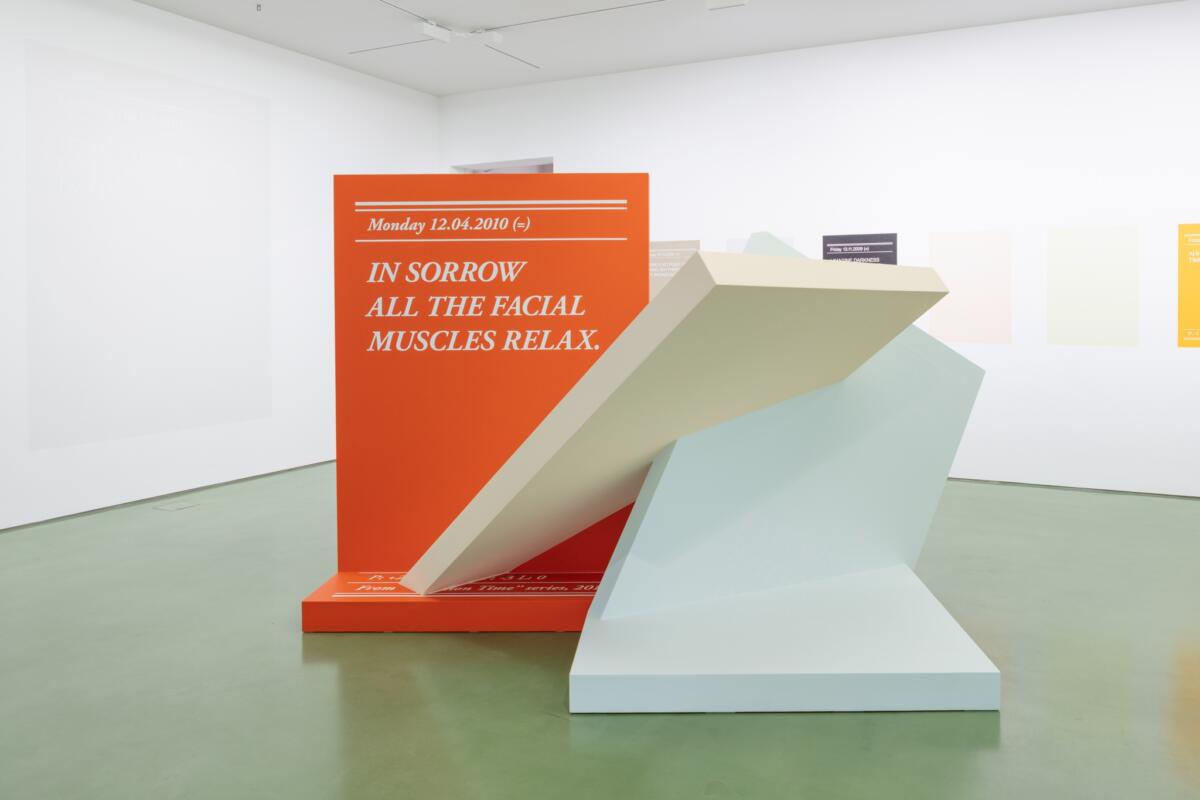
Between Bridges is delighted to present an exhibition by Romanian conceptual artist Ioana Nemeș (1979–2011), to date the first solo show of the artist in a non-commercial art space in Germany. Trained as a professional handball player, an injury led to her changing path and becoming an artist. She went to study photography at the National University of Arts in Bucharest, before leaving the lens-based medium behind to immerse herself in a cross-media practice that was rooted in her investigations of time and language. These she conducted both individually and in collaboration with collectives Rozalb de Mura, Apparatus 22, and Kilobase Bucharest. Acclaimed as one of the most significant Romanian artists of her generation, the exhibition at Between Bridges offers a celebration of Ioana Nemeș’s practice, aligning itself aesthetically and discursively with her last solo show in New York, also entitled Times Colliding.


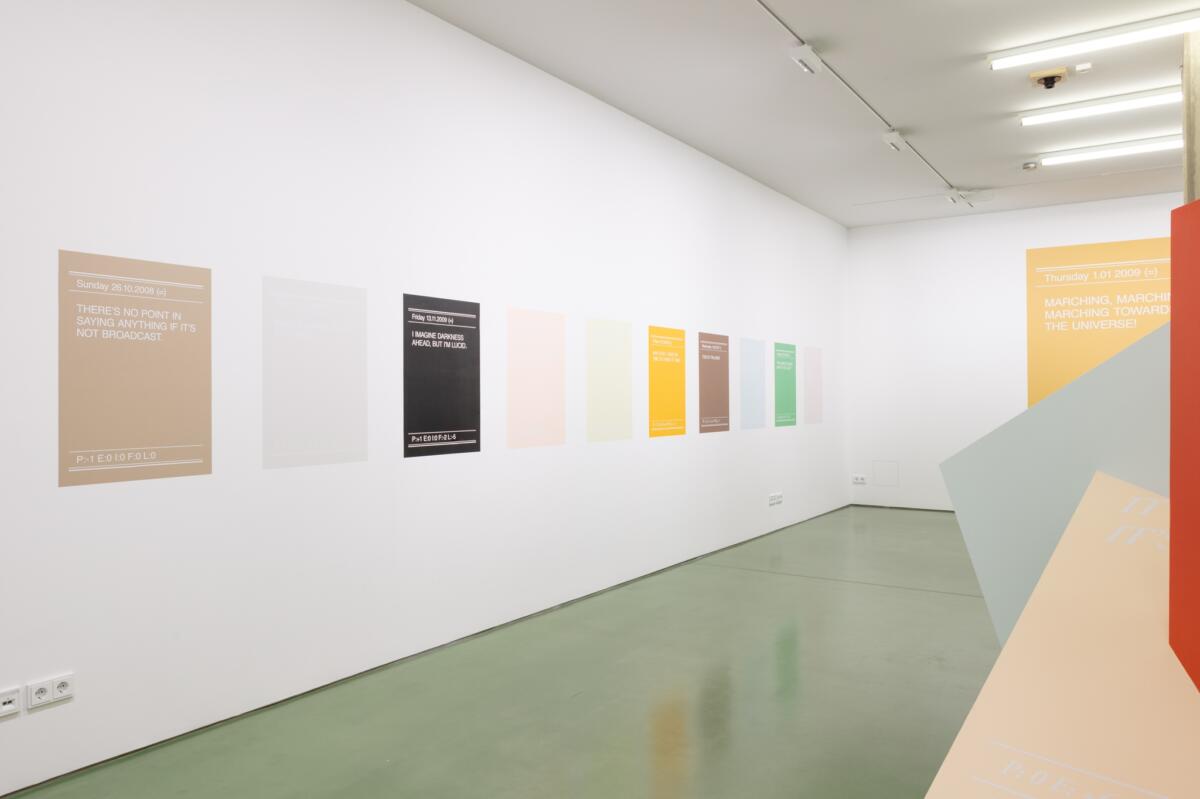
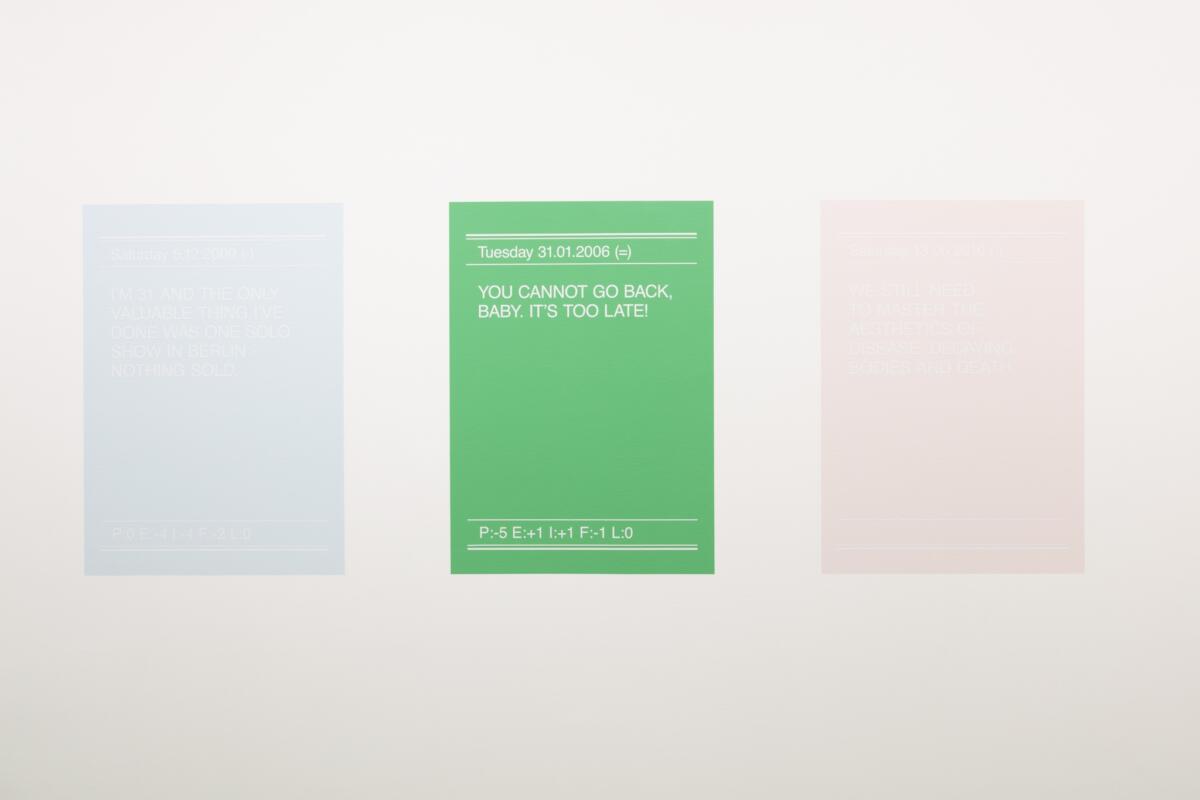
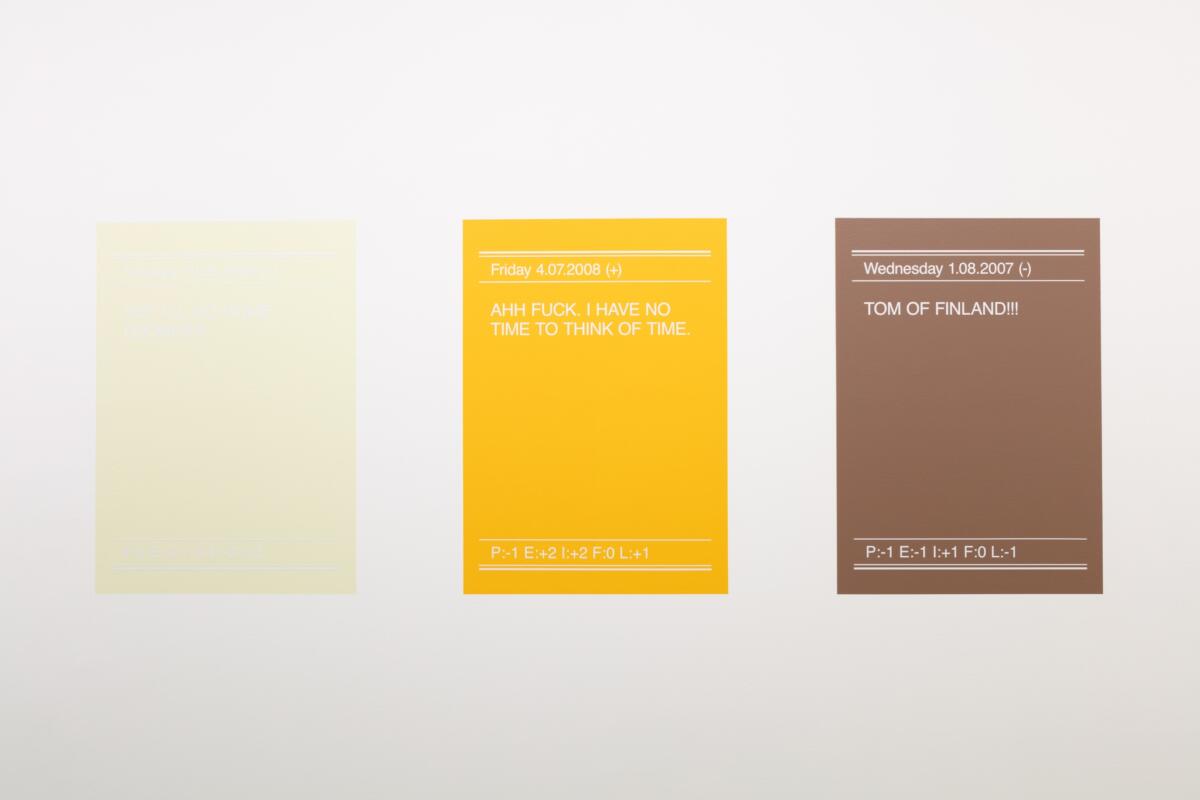
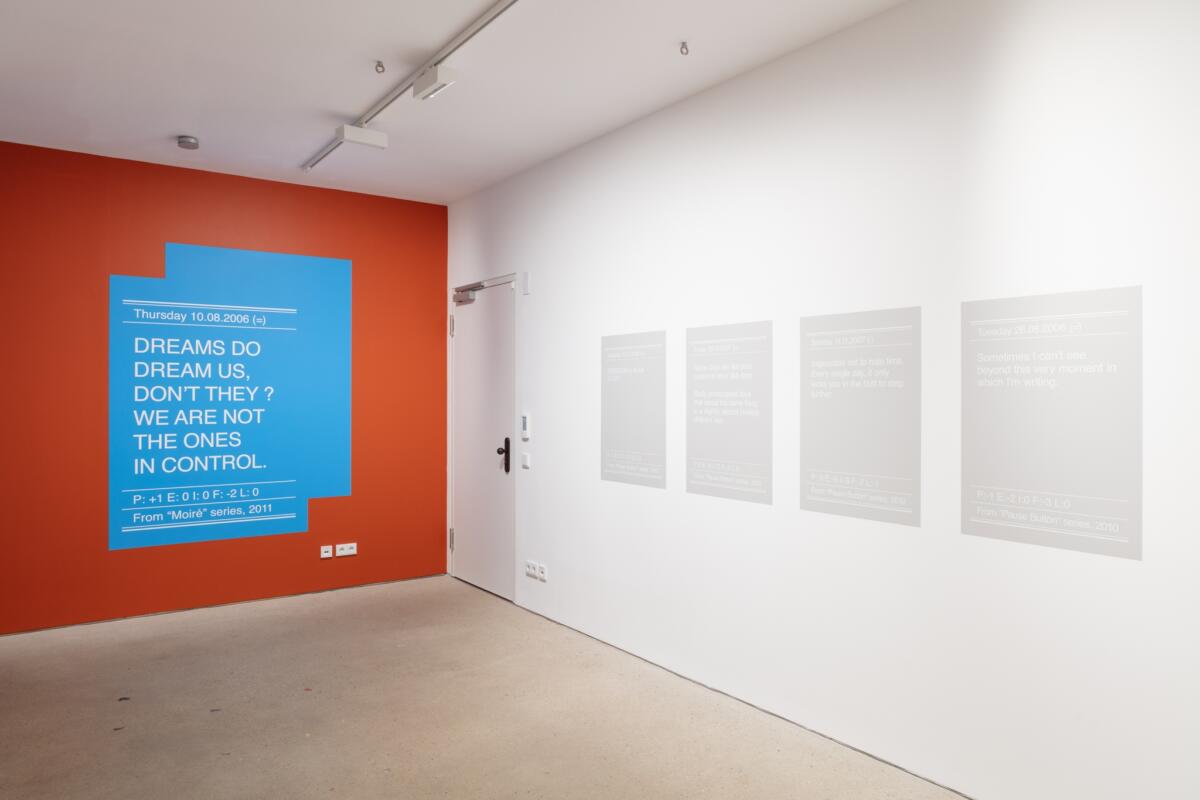
Comprised of several series from the decade of her artistic output across a variety of media, the exhibition at Between Bridges orbits around an elaborate composite of works, a diagrammatic system of (self-)observations gathered together under the umbrella title Monthly Evaluations (2005–2010). Driven by the desire “to record, dissect, understand and describe intangible things such as life or time”, Nemeș developed a methodology of day-to-day assessments based on a distinct set of parameters: ‘physical’ (abbreviated as P), ‘emotional’ (E), ‘intellectual’ (I), ‘financial’ (F), and ‘luck’ (L). These factors were evaluated and scored on a numerical spectrum from -10 up to +10, with each day then subject to a further assessment, denoted by either a plus, minus, or the equals sign. These daily mathematical equations were paired with idiosyncratic diaristic textual fragments by the artist, which combined speculation and skepticism, poetic registers and deadpan cultural critique, personal accounts and macro-narratives. Her writing in these passages is informed by the stream-of-consciousness style associated with Virginia Woolf, whose prose sought to expose the “extraordinary discrepancy between time on the clock and time in the mind”. Indeed, the modernist pioneer became one of Nemeș’s earliest trans-temporal influences, as one of her proto-evaluative text fragments from 2004 suggests: “Accidental meeting with Virginia Woolf”. Finally – and most strikingly – in an act of wilful synaesthesia each day was assigned its own particular colour shade. These “chromatic maps”, as the artist referred to them, were inspired by the Lüscher colour test – developed in 1947 by Swiss psychotherapist Max Lüscher. His projective psychological test was conceived to enable an objective measurement of subjective states, and in similar vein Nemeș’s maps allowed her to devise an expressive, emotive vocabulary that surpassed linguistic conventions.
Nemeș’s multifaceted circadian evaluations have generated an archive of lived experience, a framework within which the artist could operate, extracting particular ‘days’ and giving shape to them as murals, objects or sculptures. In doing so she could bind works together as elliptically linked compositions and possible narratives; assessing the intersections between psychological rhythms that were both personal and historical; and transforming abstract notions of time into palpable and affective forms. Nemeș occupies an ambiguous position in relation to the concept of “chrononormativity” coined by scholar Elizabeth Freeman (“the use of time to organize individual human bodies towards maximum productivity”): her practice neither affirms nor negates the logics and aesthetics of chronological regimentation, or indeed its techniques and apparatuses – clocks, calendars, chronicles, and the visual language of bureaucracy. Rather, she exposes the impact of these on the human condition, acknowledging each work and exhibition as a particular experience and experiment in time, often embracing dissonant temporalities and forms of logic within the individual works and series. Her practice of self-evaluation simultaneously served as a multiyear work-in-progress, and a process of archive-building; rigorous and experimental, it was both a point of departure and a destination, the subject and the means. On numerous occasions she emphasised that her work was not merely autobiographical but arose from an obsession with internal systems of organisation, as well as a desire to explore how time passes through them.
The gallery spaces on the ground level are devoted to presenting a selection of the Monthly Evaluations series, and introducing days not previously exhibited, and which have now emerged from the first revisiting of Nemeș’s notebooks after her death. Installed as a non-chronological composition, the days selected primarily revolve around the artist’s investigations of time as seen through its affective dimensions.
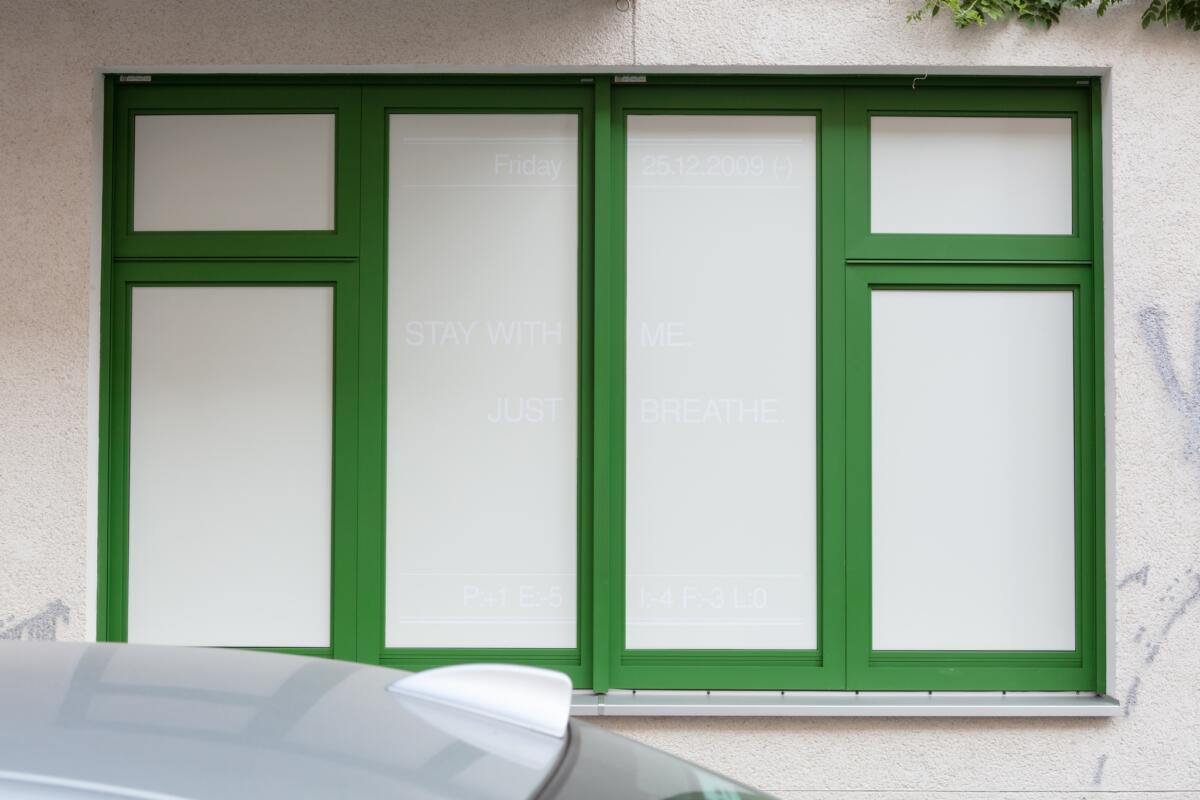

By the end of 2010, Nemeș had actively concluded the day-to-day-assessments, yet continued to employ the resulting ‘database’ as material in order to investigate the malleability of time. This conceptual shift was most evident at her last exhibition before her untimely death, held in March– May 2011 at the recently closed New York non-profit staple Art in General (1981–2020). Invited to take part in the prestigious Eastern European Residency Exchange (EERE) programme, she initiated a sculptural manifestation of what she envisioned as her paramount next series: Times Colliding (Monthly Evaluations 6.09.2006, 22.09.2007, 12.04.2011) (2011). Reproduced for the exhibition at Between Bridges, this enigmatic sculpture depicts three days far removed from each other in time, which seem to reinforce each other even as they appear on the verge of collapse. In a crisp peach colour, 6.09.2006 announces THE COLOR OF INTENSE, EROTIC MOMENTS IS NOT RED, IS NOT RED, which then slices through 22.09.2007 in a frosty shade of blue–green, proclaiming FREEDOM AS ANOTHER FORM OF TYRANNY, AS ANOTHER WONDERFUL CAGE. The latter part is then seared by the expressive orange of 12.04.2011, inscribed with the words, IN SORROW ALL THE FACIAL MUSCLES RELAX. Despite, or precisely as account of their impending breakdown, the individual days are transmuted into an interdependent and supportive structure. Their collision – by definition both a violent clash and an encounter between entities or particles that leads to an exchange or transformation of energy – could also be understood as Nemeș’s alignment with a lineage of artists and scholars who reconsidered conventional concepts of time in the twentieth century. Given the local specificity inherent to her exhibition practice, the sculpture can be read as a dialogue with the many New York artists associated with Minimalism and Concept Art who were influenced by George Kubler’s seminal 1962 treatise ‘The Shape of Time: Insights on the History of Objects’. Kubler put forward the idea that art, rather than being confined to a rigid framework of causally linked, linear connections, is a diverse and multidirectional transmission of energy. In this light, Nemeș’s sculpture is her anti-chronological, anti-chrononormative testimony that time – in all its elusiveness as a concept, sensation and memory – become both form and potentiality.
This collapse of ‘clock time’ continues on the staircase down from the ground level, where a vinyl drawing of a digital clock – abstractions of colliding dials replacing its digits – is installed, visually dismantling one of the key devices for regularising life. Meanwhile, the downstairs gallery presents a set of documents that complement the Monthly Evaluations series, in addition to several works that reveal Nemeș’s infatuation with the employment of her daily rituals and regulations, and the expressive potentials of colour. Citing a recently discovered note on a prospective development of a new work, Untitled (The Lost Days) (2010/11) enacts the so-called Lost Days – periods that Nemeș did not, or could not, evaluate and yet which remained registered – as a video projection on fog, once again embracing ephemerality. In the main downstairs gallery, the Untitled (2011) collages, for which she assembled individual chips of paint inscribed with lyrical names from the Benjamin Moore colour palettes to create ‘ready-made poetry’ (During her five-year assessments for the Monthly Evaluations series, Nemeș worked exclusively with Benjamin Moore paint to assign different nuances of colours to her days).
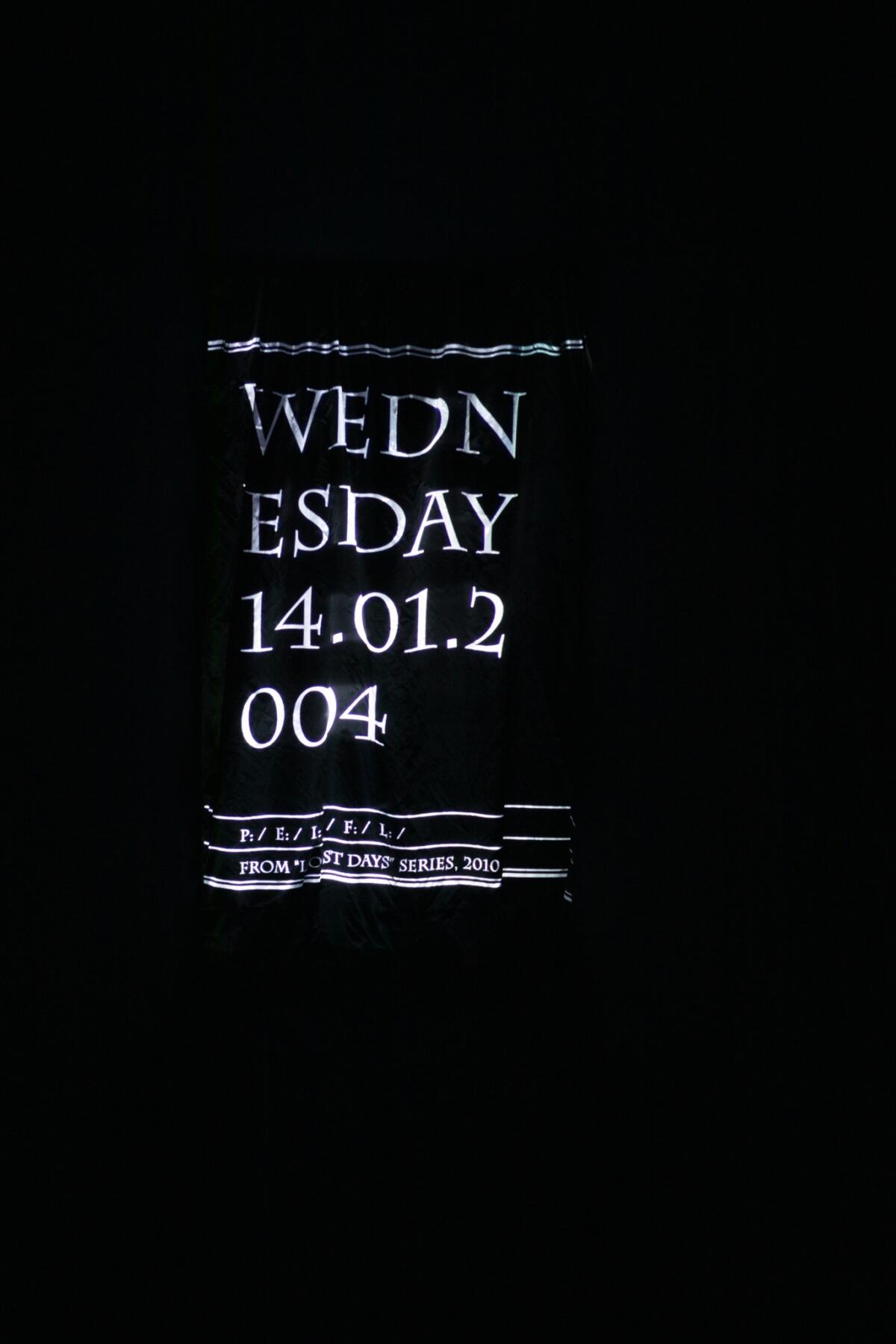

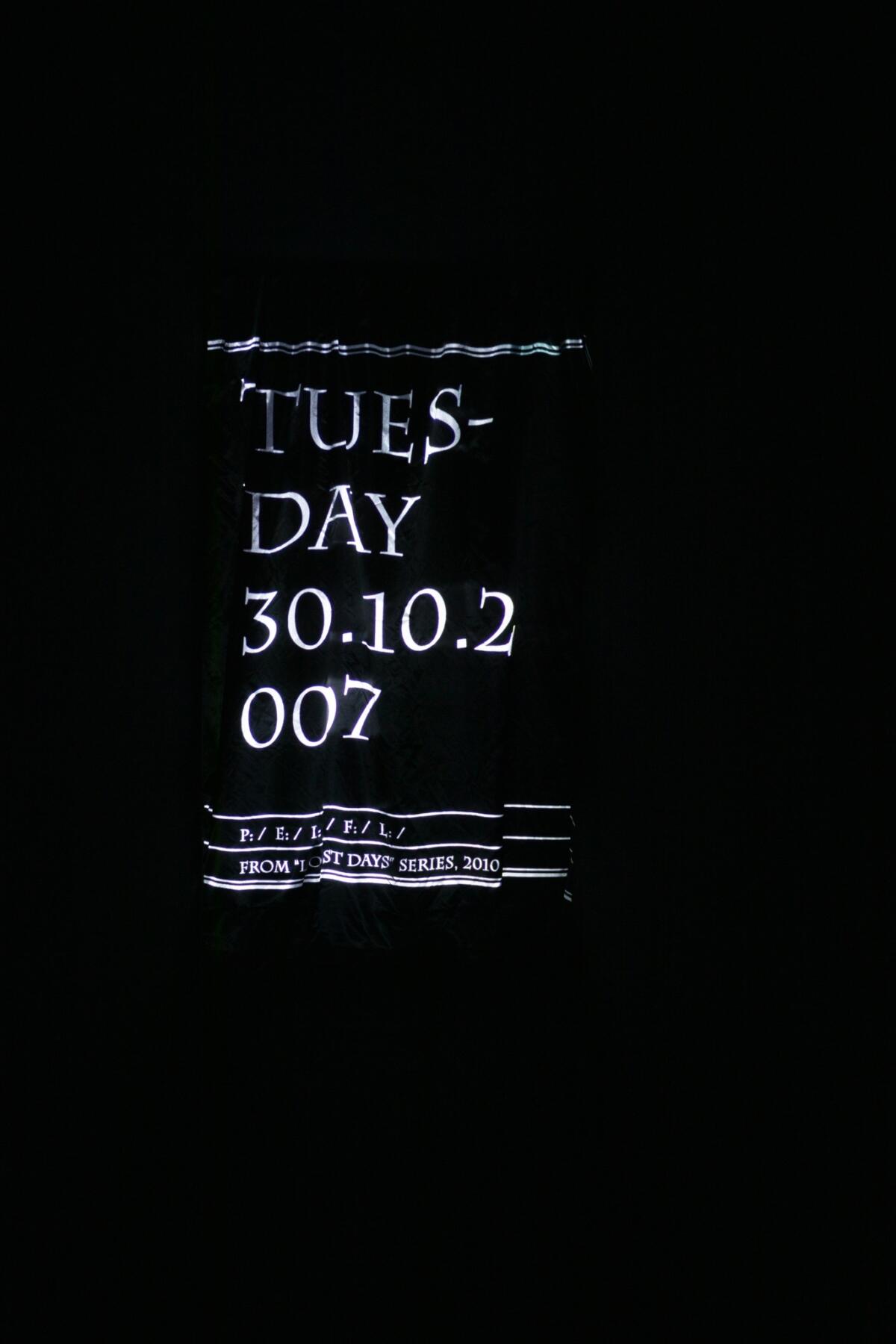
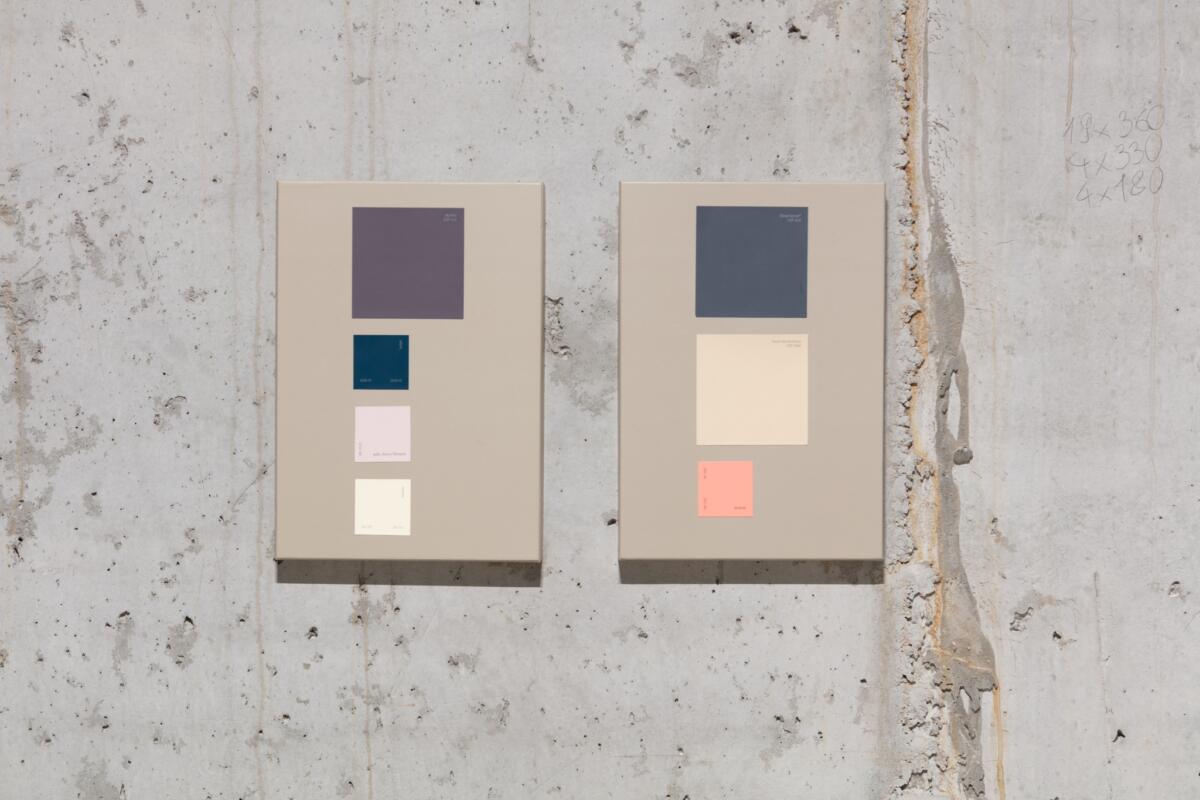
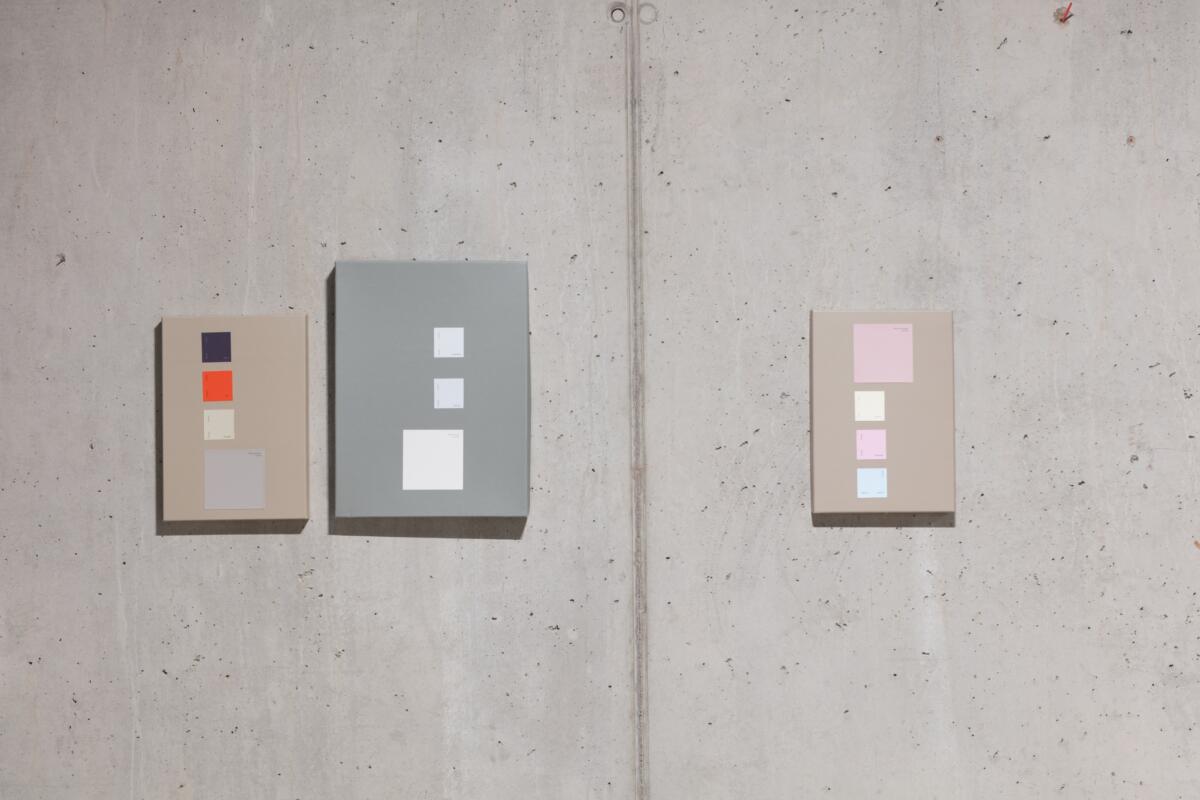
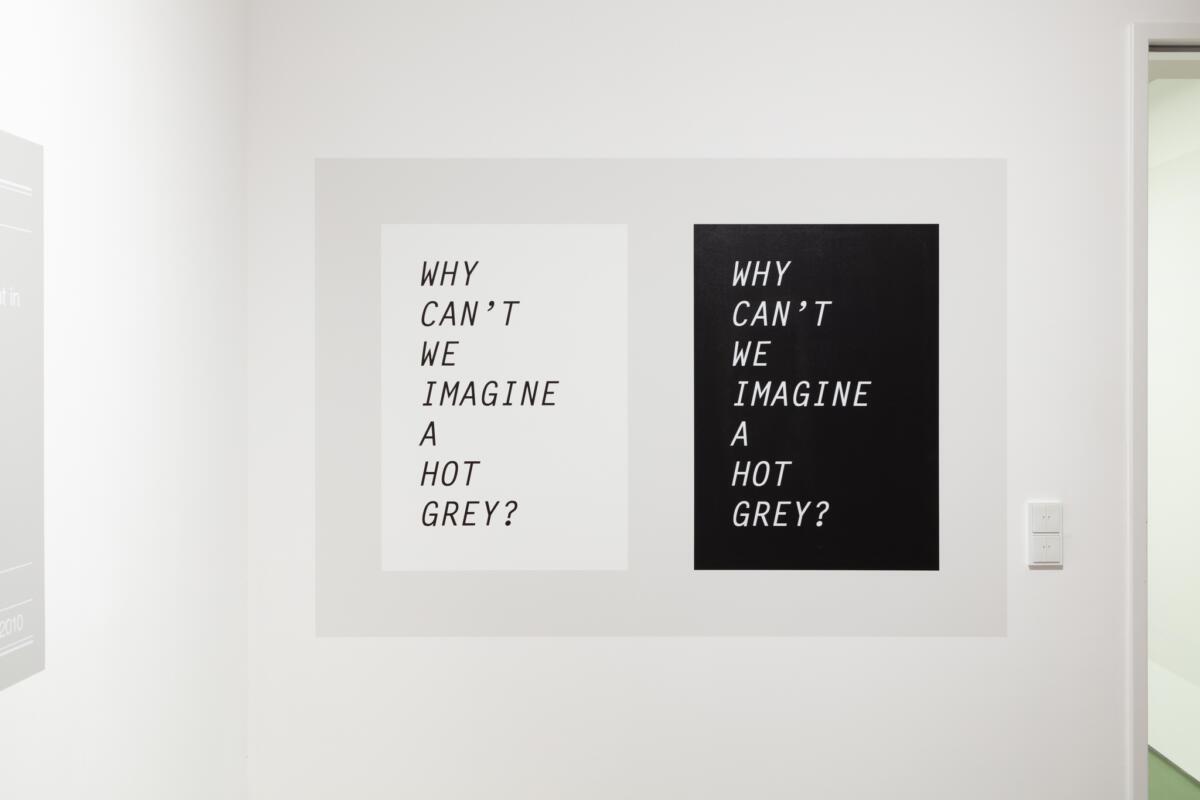
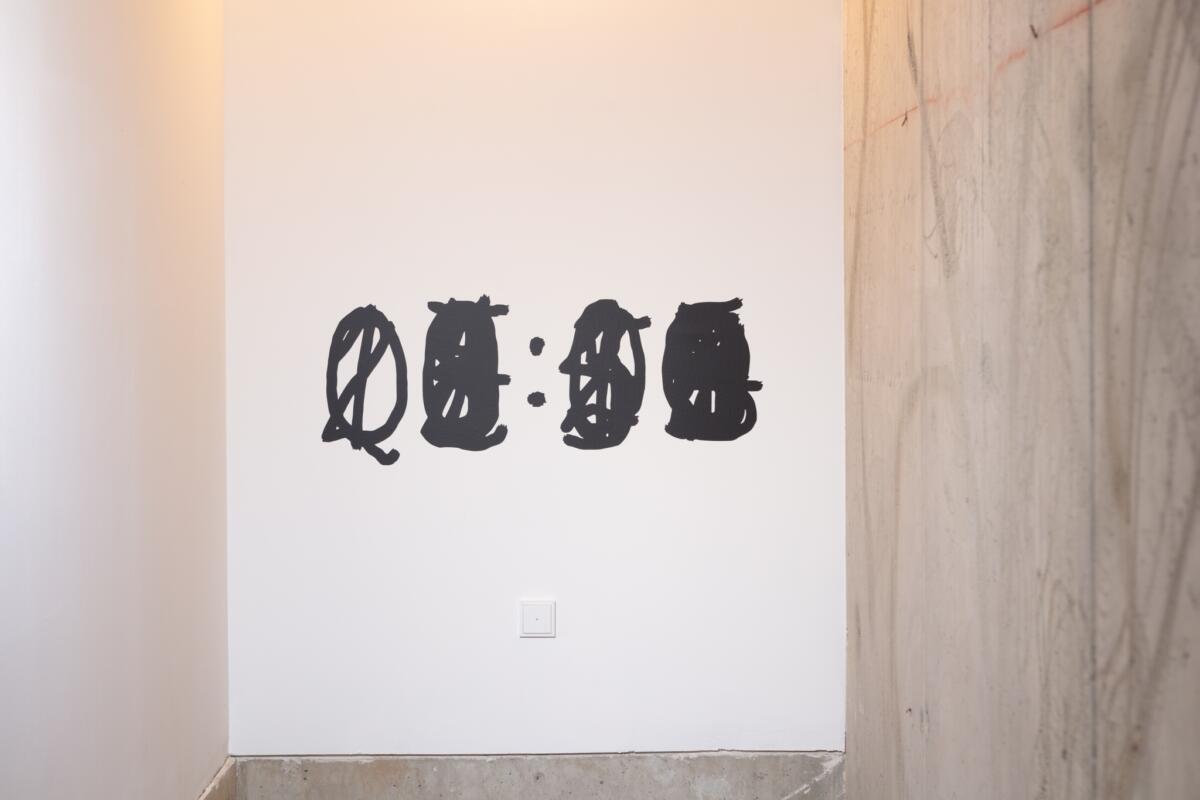
Several vitrines display a range of works and documents related to the Monthly Evaluations complex. These include a collection of emblematic photographs from the The Wall Project (2001–2004), Nemeș’s first ‘self-evaluative’ project which she conceived, performed and simultaneously assessed within the confines of the small Bucharest apartment she shared with her family. The project allowed her to monitor the changes in her personal and professional desires and aspirations. Nearby, an audio file of Nemeș’s first self-interview (2004) is installed, in which the artist assumes the double role of interviewer/interviewee. The interview variously offers insights into the development of The Wall Project, the rules and fields if enquiry Nemeș set for herself, as well as the uncertainties of Romania’s changing artistic and economic landscape during a period of transformation across the European Union. Nemeș’s written self-interviews (2005–2010), disguised as two-person Q&As with fictional critics, have been compiled into a publication for Between Bridges, which can be read at the venue. They shed light on her artistic methods, a range of ethical and political viewpoints, and her attitudes towards the cultural sphere and the art world.
The rearmost wall of the lower-ground exhibition space shows an installation by Apparatus 22, a collective founded in 2011 that included Ioana Nemeș, and is today made up of its other founding members and the artist’s closest peers: Maria Farcaș, Erika Olea and Dragoș Olea. Entitled Disco Punch I (dedicated to Ioana Nemeș) (2014), it is the first of a series of four installations devoted to their partner and friend: an at once serene and exuberant meditation on grief, loss, and the ephemerality of life.
Ioana Nemeș: Times Colliding is jointly curated by Kilobase Bucharest, Fanny Hauser and Viktor Neumann. The exhibition is part of the Theses on Hope series created by Viktor Neumann for Between Bridges.
The exhibition at Between Bridges will be followed by a string of exhibitions (re)introducing and contextualizing various aspects of Ioana Nemeș’s artistic practice at Art Encounters Foundation in Timișoara, MNAC – National Museum of Contemporary Art, Bucharest.
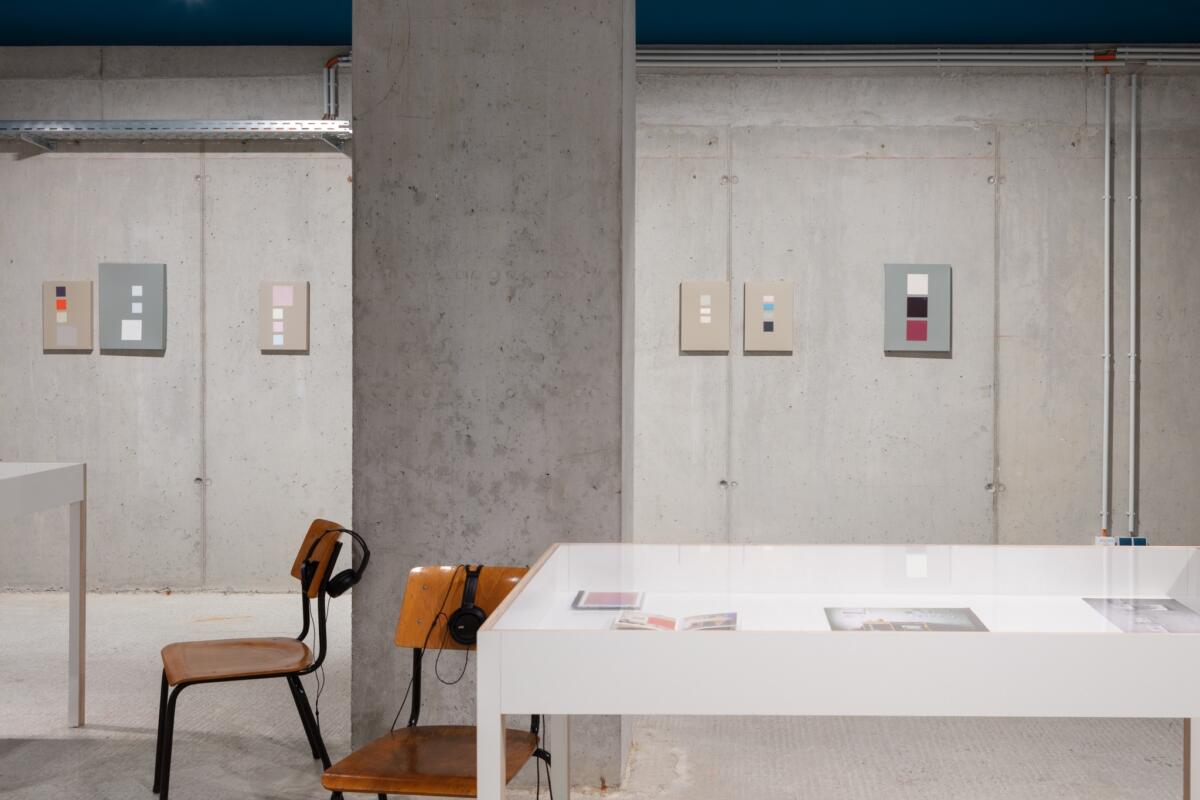
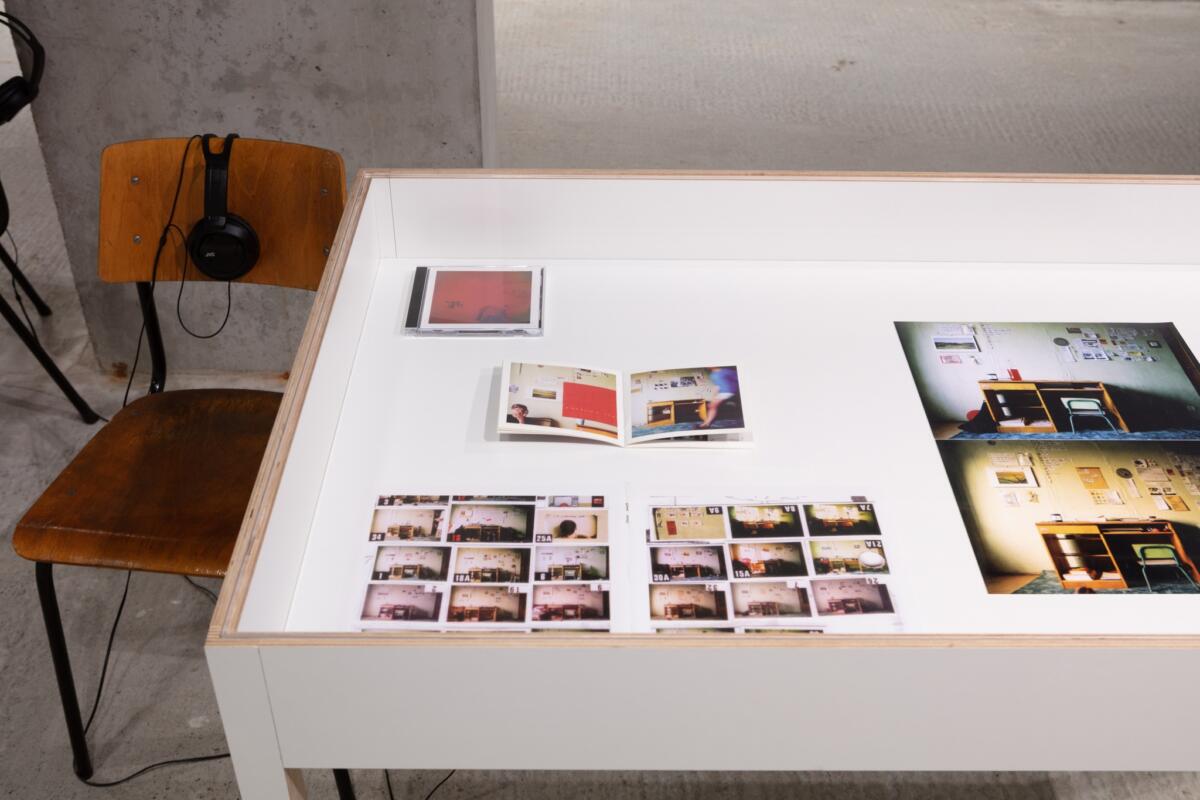
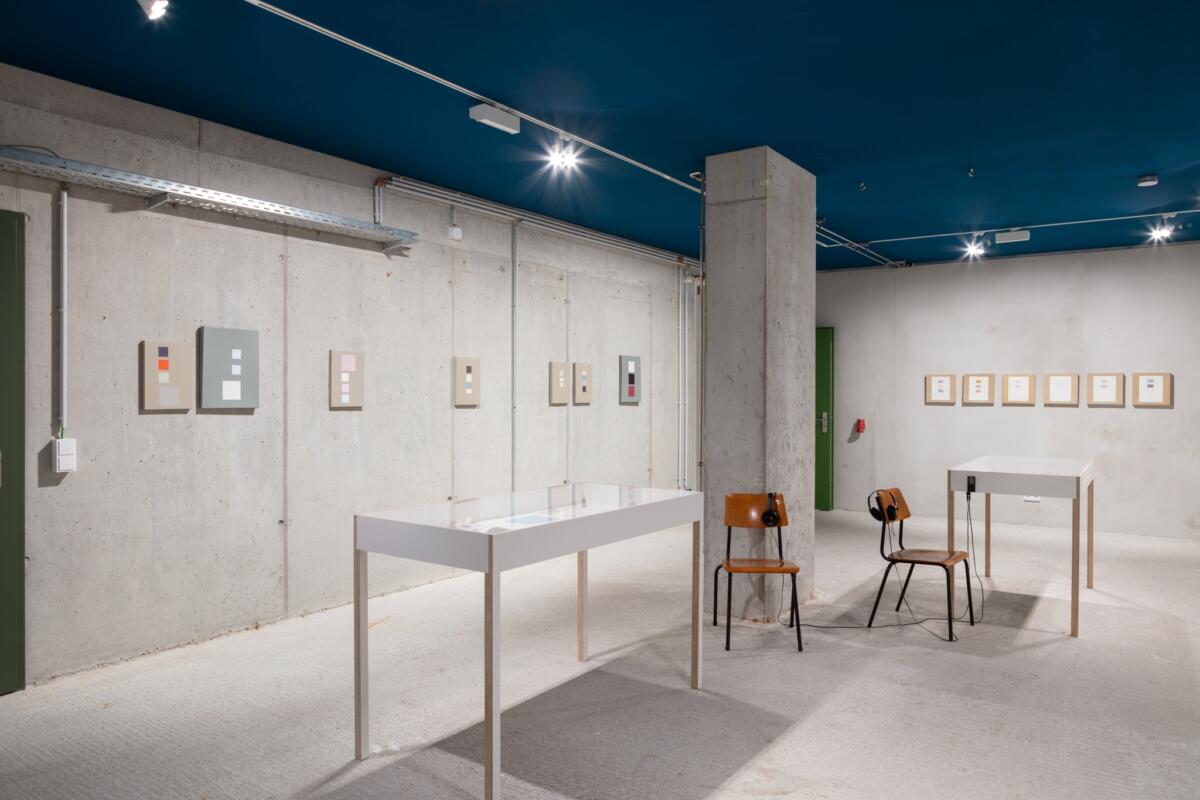
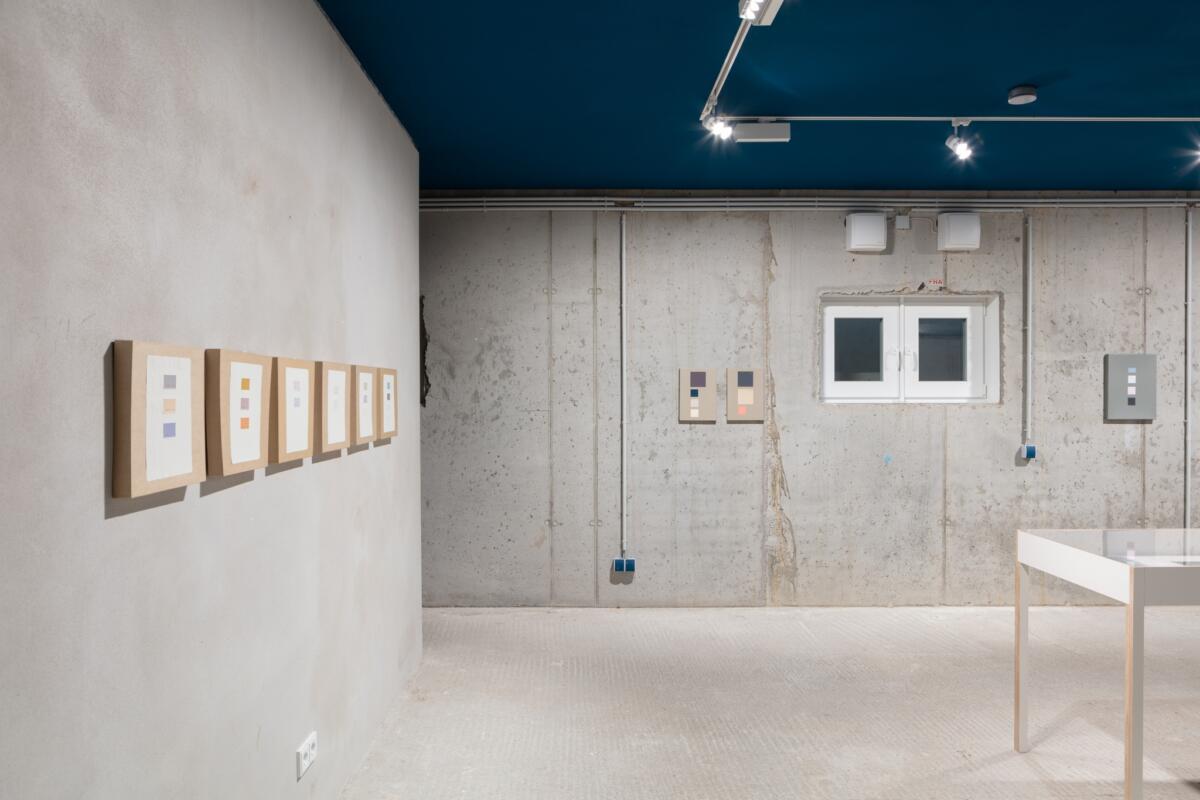
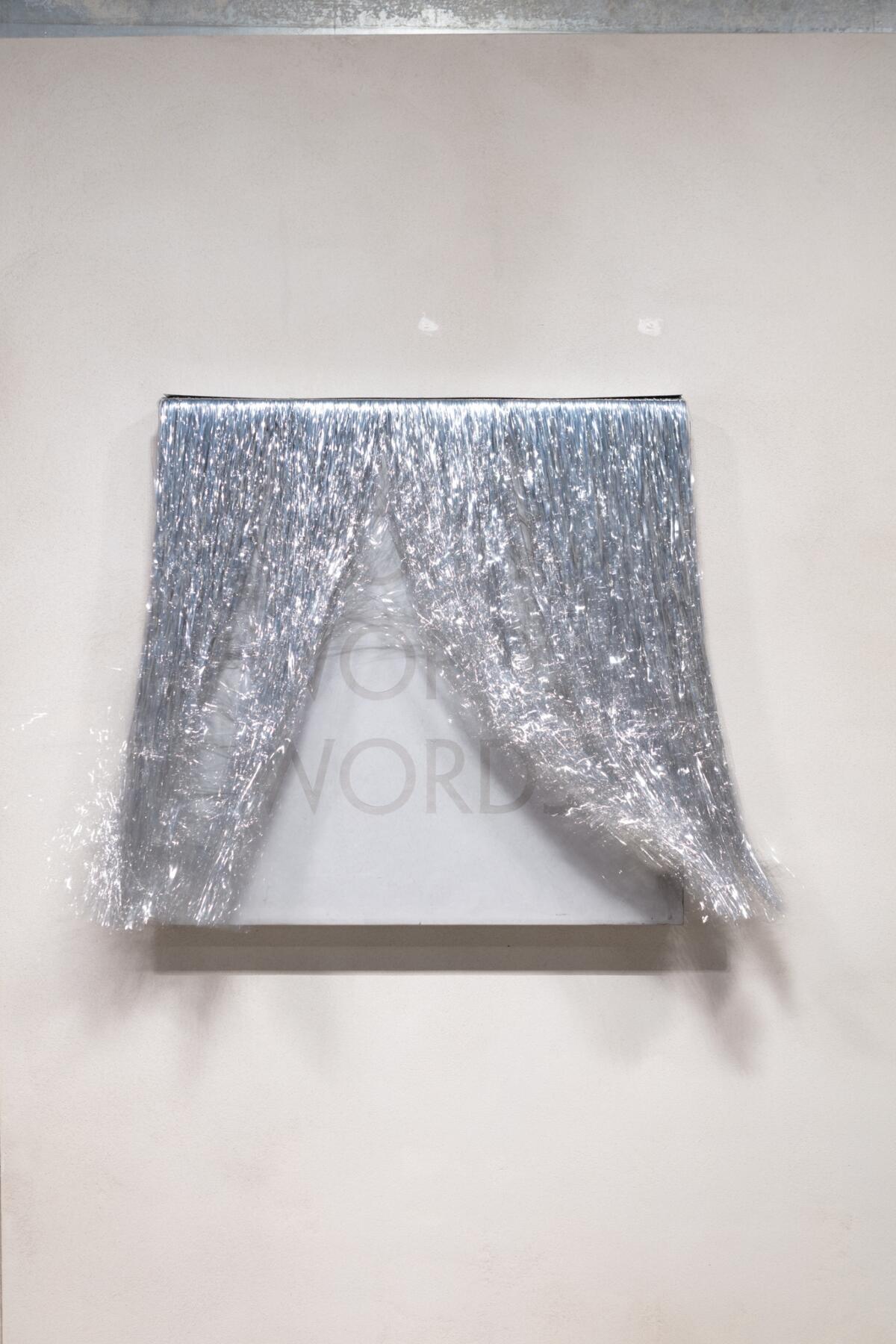
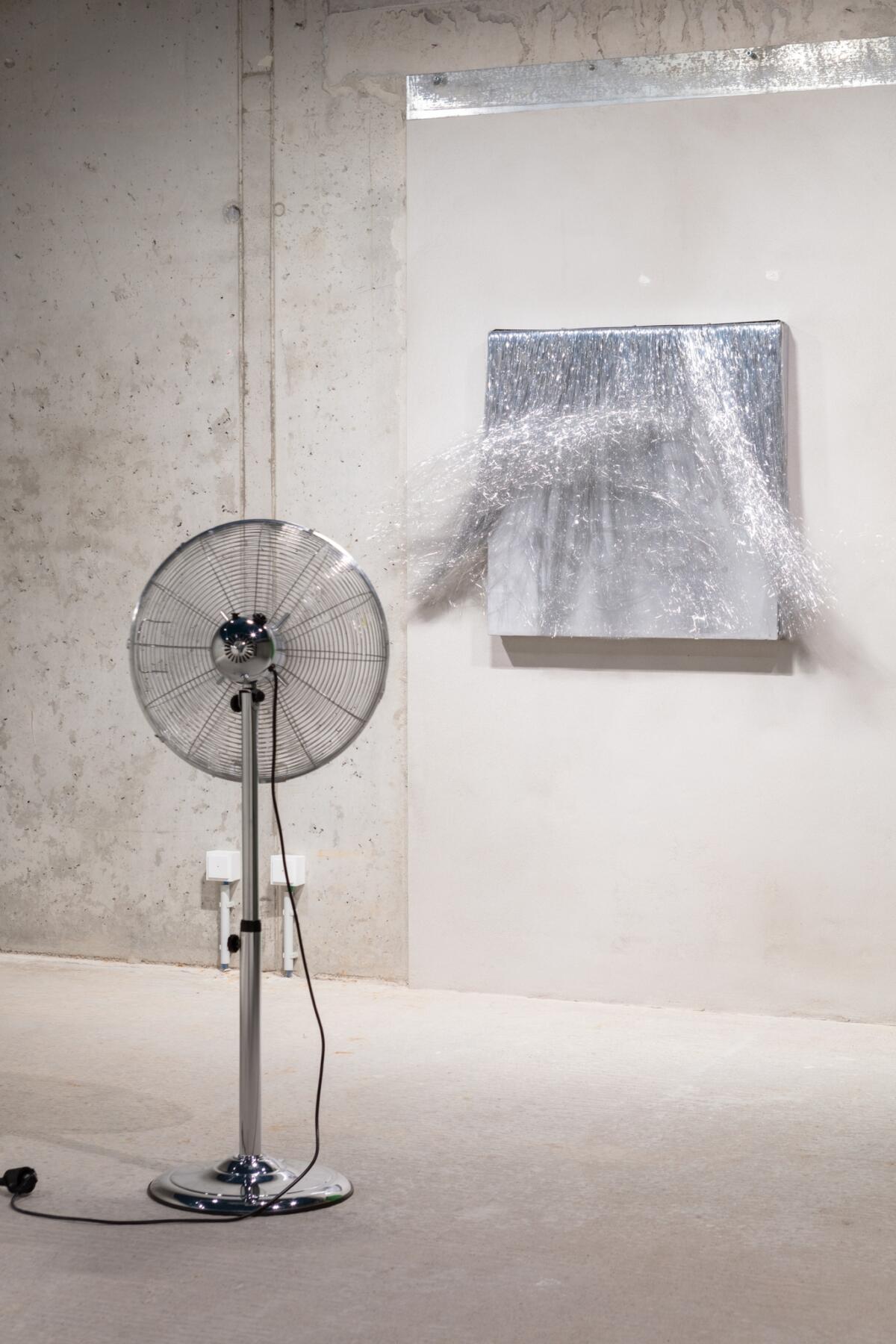
***
About Between Bridges Foundation:
Between Bridges is a foundation (est. 2017 by Wolfgang Tillmans) committed to humanism, solidarity, and the advancement of democracy. It supports the arts, LGBT+ rights and anti-racism work.
Between Bridges is also a non-profit exhibition space, initiated in 2006 by Wolfgang Tillmans. After its first chapter in London’s 223 Cambridge Heath Road from 2006–2011 and its second chapter in Berlin’s Keithstraße 15 from 2014–2019, its third chapter in Berlin’s Adalbertstraße 43 begun in July 2022.
THESES ON HOPE
An ongoing series by Between Bridges curated by Viktor Neumann
Since July 2022, Between Bridges is devoting the programme of its new exhibition space at Adalbertstraße 43 to THESES ON HOPE.
THESES ON HOPE starts from a reimagining of the politics, poetics and performative potential of hope, as it was conceived by performance studies scholar José Esteban Muñoz (1967–2013) in his seminal Cruising Utopia (2009). The programme acknowledges the book’s profound impact on a generation of artists and thinkers as a catalyst for a queer-of-colour critique and affect theory. In doing so, it embraces a new relation between queerness and temporality, one which seeks sociability and belonging beyond the limitations of time.
Imprint
| Artist | Ioana Nemeș |
| Exhibition | Times Colliding |
| Place / venue | Between Bridges, Berlin, Germany |
| Dates | September 13 – November 18, 2023 |
| Curated by | Kilobase Bucharest, Fanny Hauser and Viktor Neumann |
| Photos | all documentation photos by Dan Ipp / images courtesy of Between Bridges Foundation, Berlin and Kilobase Bucharest / Ioana Nemeș Archive |
| Index | Berlin Between Bridges Fanny Hauser germany Ioana Nemeș KILOBASE BUCHAREST Viktor Neumann |

